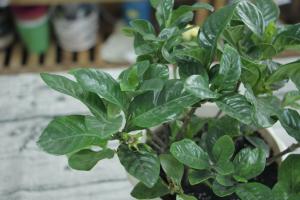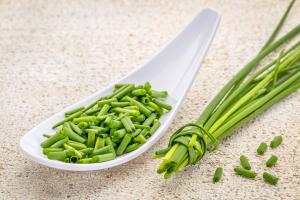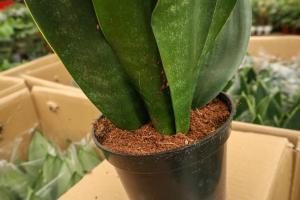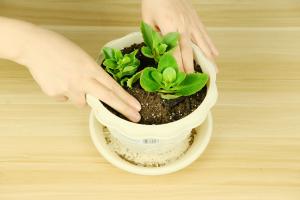When to Plant Pumpkin Seeds
Introduction
Pumpkins are a favorite of many gardeners and their abundance of uses make them a staple in cooking and decorating. However, growing pumpkins can be a bit tricky and it's important to know when to plant pumpkin seeds to ensure a bountiful harvest. In this article, we'll discuss the best time to plant pumpkin seeds and share some tips to help your plants thrive.
When to Plant Pumpkin Seeds
The ideal time to plant pumpkin seeds is in late spring or early summer, when the soil has warmed up to at least 60 degrees Fahrenheit. This will create optimal growing conditions for the seeds and help them germinate quickly. However, the exact timing of planting will vary depending on your location and the specific pumpkin variety you're growing.
Factors to Consider
Before planting pumpkin seeds, there are a few key factors to consider. First, you'll need to make sure the soil is rich in organic matter and well-draining. Pumpkins require fertile soil in order to grow properly, so consider adding compost or other organic matter to improve the soil quality.
Another important factor to consider is the amount of sunlight your pumpkins will receive. They require around 6-8 hours of sunlight per day to reach their full potential, so make sure your planting location receives adequate sunlight.
Finally, you'll want to consider the climate of your area. Pumpkins are sensitive to frost, so it's important to wait until after the last frost date before planting your seeds. You'll also want to make sure the climate is warm enough to support growth throughout the growing season.
Tips for Growing Pumpkins
In addition to planting at the right time and in the right location, there are a few additional tips that can help ensure a successful pumpkin harvest. One important tip is to provide ample space for your pumpkin plants to grow. They require plenty of room, both above and below ground, to expand and develop properly.
You'll also want to water your pumpkin plants regularly, preferably with a soaker hose or drip irrigation system to ensure the soil stays moist but not waterlogged. Avoid over-watering, as this can lead to issues with rot and disease.
Finally, consider adding a layer of mulch around your pumpkin plants. This will help to retain moisture in the soil and suppress weed growth, which can compete with your pumpkins for nutrients and space.
Conclusion
When it comes to planting pumpkin seeds, timing is key. By planting at the right time and in the right conditions, you can help ensure a bountiful harvest of delicious and beautiful pumpkins. Remember to consider the factors discussed above and follow the tips for growing pumpkins to help your plants thrive. Happy planting!

 how many times do yo...
how many times do yo... how many planted tre...
how many planted tre... how many pine trees ...
how many pine trees ... how many pecan trees...
how many pecan trees... how many plants comp...
how many plants comp... how many plants can ...
how many plants can ... how many plants and ...
how many plants and ... how many pepper plan...
how many pepper plan...
































